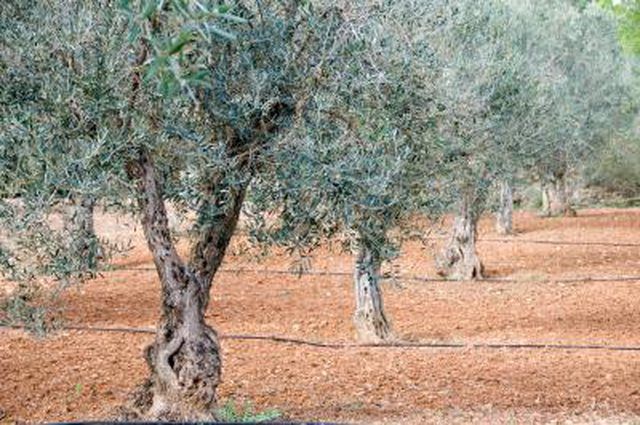Bulbs
Flower Basics
Flower Beds & Specialty Gardens
Flower Garden
Garden Furniture
Garden Gnomes
Garden Seeds
Garden Sheds
Garden Statues
Garden Tools & Supplies
Gardening Basics
Green & Organic
Groundcovers & Vines
Growing Annuals
Growing Basil
Growing Beans
Growing Berries
Growing Blueberries
Growing Cactus
Growing Corn
Growing Cotton
Growing Edibles
Growing Flowers
Growing Garlic
Growing Grapes
Growing Grass
Growing Herbs
Growing Jasmine
Growing Mint
Growing Mushrooms
Orchids
Growing Peanuts
Growing Perennials
Growing Plants
Growing Rosemary
Growing Roses
Growing Strawberries
Growing Sunflowers
Growing Thyme
Growing Tomatoes
Growing Tulips
Growing Vegetables
Herb Basics
Herb Garden
Indoor Growing
Landscaping Basics
Landscaping Patios
Landscaping Plants
Landscaping Shrubs
Landscaping Trees
Landscaping Walks & Pathways
Lawn Basics
Lawn Maintenance
Lawn Mowers
Lawn Ornaments
Lawn Planting
Lawn Tools
Outdoor Growing
Overall Landscape Planning
Pests, Weeds & Problems
Plant Basics
Rock Garden
Rose Garden
Shrubs
Soil
Specialty Gardens
Trees
Vegetable Garden
Yard Maintenance
How to Prune the Olea Europaea Olive
How to Prune the Olea Europaea Olive. Olea europaea, commonly called olive, is an alternate bearing tree, meaning it has cycles of heavy fruiting followed by light yields. Managing alternate bearing is possible with pruning, but it must be done during years when there is more fruit than the tree can support and when wood is blooming, not during...

Olea europaea, commonly called olive, is an alternate bearing tree, meaning it has cycles of heavy fruiting followed by light yields. Managing alternate bearing is possible with pruning, but it must be done during years when there is more fruit than the tree can support and when wood is blooming, not during years when there are light yields. Pruning with thinning cuts will help reduce the canopy density, helping light penetrate the branches to encourage better fruiting. Ideally, a few well-placed cuts will open the center of an olive tree, rather than a lot of little cuts.
Things You'll Need
Fine-tooth pruning saw
Coarse-tooth pruning saw
Examine the tree during bloom in the early spring for fairly large branches in the interior that will help create an open-centered tree when removed. Prune back the branches to a lateral branch or trunk with a three-cut method: Cut one-third through the branch from underneath, about 12 to 15 inches from the branch union, then make a cut a couple of inches past the first cut through the top of the branch. Make a final cut 1/4 of an inch beyond the branch collar -- the swollen, wrinkled area at the base of the branch -- with a fine-tooth pruning saw for branches up to 2 1/2 inches in diameter or a coarse-tooth saw for branches 3 inches or more in diameter.
Select unproductive, leafless branches and damaged or crossing branches. Remove the selected branches with thinning cuts using the three-cut method, removing them just above the branch collar at an angle that mirrors the branch bark ridge. For dead branches, make the final cut just above the branch collar of live bark tissue.
Cut off any suckers sprouting from around the perimeter of the tree as close to the ground or trunk as possible.
Tips & Warnings
Olive trees younger than 4 years old should not be pruned, unless to remove suckers.